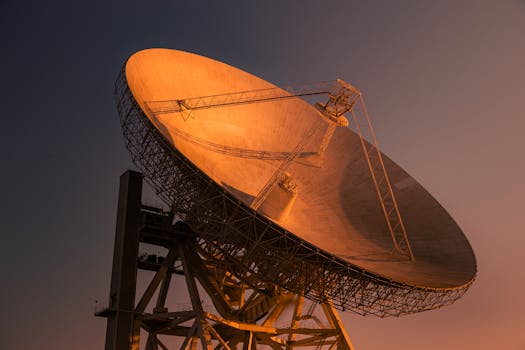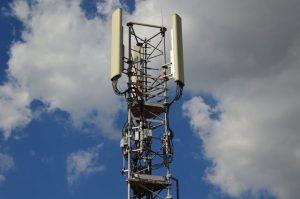
MEO Satellites: Revolutionizing Global Communication with MEO Satellite Technology
MEO Satellites are a crucial part of modern satellite technology, offering a range of benefits for global communication, navigation, and remote sensing applications. Medium Earth Orbit (MEO) satellites orbit the Earth at an altitude of around 20,000 to 36,000 kilometers, which is higher than Low Earth Orbit (LEO) satellites but lower than Geostationary Orbit (GEO) satellites. This unique orbit allows MEO satellites to provide a balance between the benefits of LEO and GEO satellites, making them an attractive option for a variety of applications.
The use of MEO satellites has become increasingly popular in recent years, with many organizations and governments investing in MEO satellite technology. One of the main advantages of MEO satellites is their ability to provide global coverage with a relatively small number of satellites. This is because MEO satellites have a larger footprint than LEO satellites, which means they can cover a larger area of the Earth’s surface. Additionally, MEO satellites have a lower latency than GEO satellites, which makes them more suitable for applications that require real-time communication.
History of MEO Satellites
The concept of MEO satellites has been around for several decades, but it wasn’t until the 1990s that the first MEO satellites were launched. One of the first MEO satellite systems was the Global Positioning System (GPS), which was launched by the US Department of Defense in the 1970s. However, it wasn’t until the 1990s that the first commercial MEO satellite systems were launched, including the Iridium and Globalstar systems.
Since then, the use of MEO satellites has become increasingly popular, with many organizations and governments investing in MEO satellite technology. Today, there are several MEO satellite systems in operation, including the O3b Networks system, which provides high-speed internet connectivity to remote and underserved communities around the world.
Applications of MEO Satellites
MEO satellites have a wide range of applications, including global communication, navigation, and remote sensing. One of the main advantages of MEO satellites is their ability to provide global coverage with a relatively small number of satellites. This makes them an attractive option for applications that require global connectivity, such as international communication, navigation, and remote sensing.
MEO satellites are also used for a variety of other applications, including weather forecasting, Earth observation, and space exploration. They are also used by the military for navigation, communication, and surveillance applications.
Benefits of MEO Satellites
MEO satellites offer a range of benefits, including global coverage, low latency, and high-speed connectivity. They are also more resistant to interference than LEO satellites, which makes them more suitable for applications that require high levels of accuracy and reliability.
Additionally, MEO satellites are more cost-effective than GEO satellites, which makes them an attractive option for organizations and governments that require global connectivity. They are also more flexible than GEO satellites, which means they can be used for a variety of applications, including communication, navigation, and remote sensing.
Challenges Facing MEO Satellites
Despite the many benefits of MEO satellites, there are several challenges facing the industry. One of the main challenges is the high cost of launching MEO satellites into orbit. This is because MEO satellites require a significant amount of fuel to reach their orbit, which makes them more expensive to launch than LEO satellites.
Another challenge facing the industry is the risk of interference from other satellites and terrestrial systems. This is because MEO satellites operate in a crowded frequency band, which makes them more susceptible to interference. Additionally, the use of MEO satellites is also subject to regulatory challenges, including the need for frequency allocation and licensing.
Conclusion
In conclusion, MEO satellites are a crucial part of modern satellite technology, offering a range of benefits for global communication, navigation, and remote sensing applications. With their unique orbit and ability to provide global coverage with a relatively small number of satellites, MEO satellites are an attractive option for a variety of applications. While there are several challenges facing the industry, the use of MEO satellites is likely to continue to grow in the coming years, driven by the increasing demand for global connectivity and the need for more efficient and cost-effective satellite solutions.


